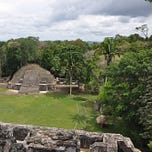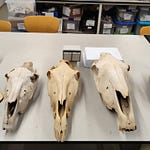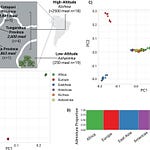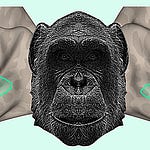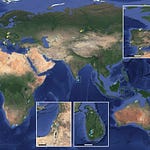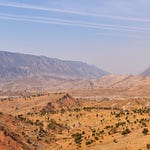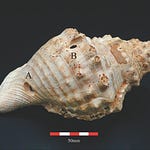When the Fields Came to the City
It is easy to imagine the Maya world as a landscape of temples and jungle, an ancient civilization swallowed by its own splendor. But to the people who built it, urban life was neither inevitable nor permanent. It was a choice—and a costly one.
The Classic Maya cities that dotted the lowlands of what is now southern Mexico, Guatemala, and Belize were not just ceremonial centers; they were living, breathing social organisms. Farmers who had once lived dispersed across fertile plains began concentrating around urban hubs such as Tikal, Calakmul, and Caracol. The decision to gather, rather than scatter, would change everything.
A new study in PNAS1 led by William McCool and Douglas Kennett of UC Santa Barbara, in collaboration with colleagues from the University of Arizona, Penn State, and the University of Colorado, reexamines the great puzzle of Maya urbanism: why did these cities rise at all, and why did so many eventually empty? Their results suggest that climate, conflict, and economics combined in ways far more intricate than a simple drought narrative can explain.
“Urbanization is often romanticized as a marker of progress, but it’s really an adaptive strategy that balances cost against opportunity,” says Dr. Amara Velázquez, an archaeologist at the Universidad Nacional Autónoma de México. “The Maya case shows how fine that balance can be—and how quickly it can tip.”
Listen to this episode with a 7-day free trial
Subscribe to Anthropology.net to listen to this post and get 7 days of free access to the full post archives.

